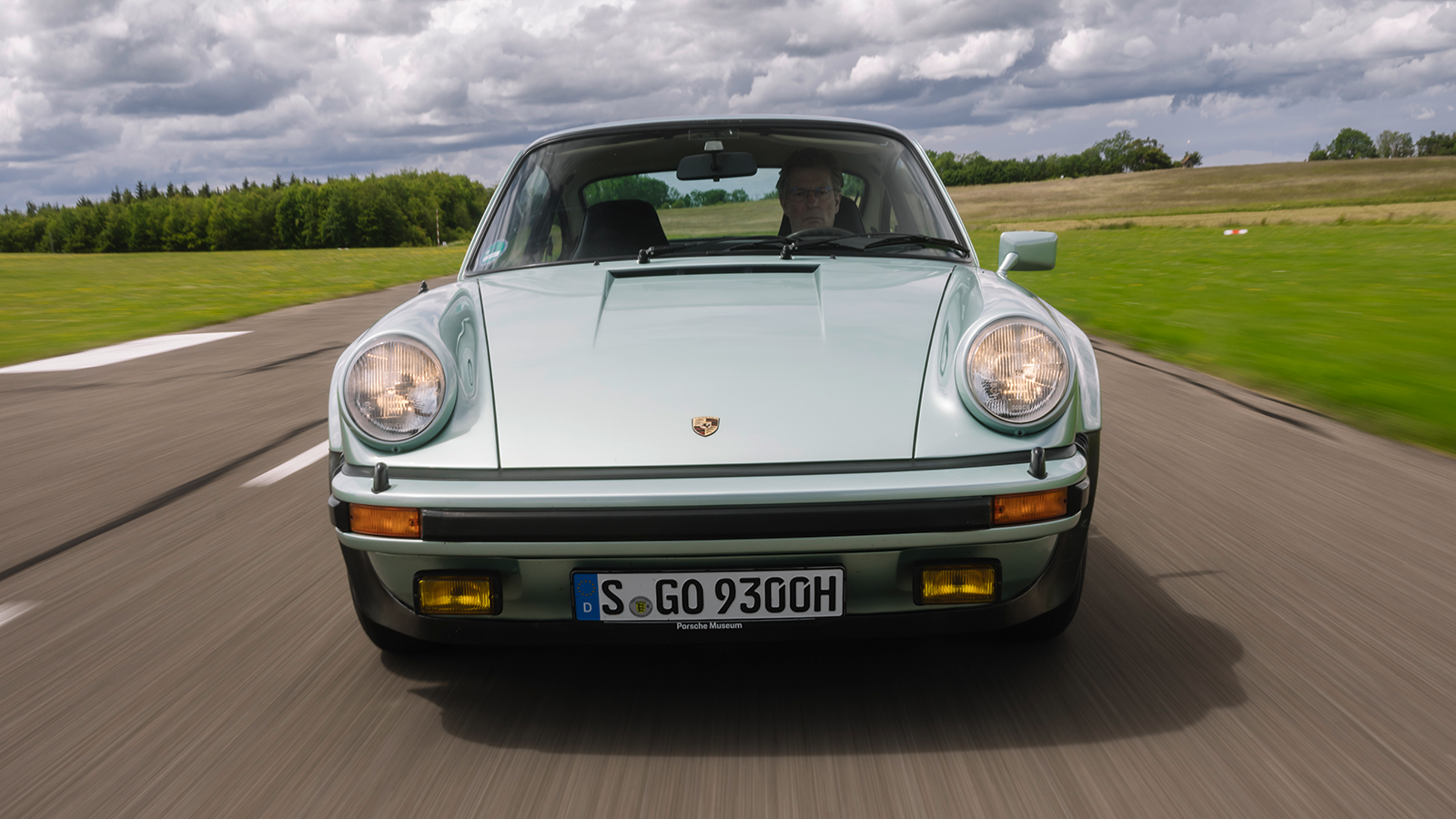A Journey Through Time: Driving the Original Porsche 911 Turbo
Driving a car that represents a pivotal moment in automotive history is always an experience worth remembering. For Angus MacKenzie, the opportunity to drive the original 1975 Porsche 911 Turbo was more than just a test—it was a deep dive into the legacy of one of the most iconic cars ever made.
The invitation came from the Porsche Museum, a place where history comes alive through its collection of legendary vehicles. This year’s event celebrated 50 years of turbocharged Porsches, and among the many cars on display was the original 911 Turbo. It was a rare chance to experience a car that changed the game for performance vehicles forever.
The Origins of the Turbocharger and Porsche’s Role
The concept of the turbocharger dates back over a century, with Swiss engineer Alfred Büchi filing the first patent in 1905. However, it wasn’t until the 1960s that automakers began experimenting with turbocharging in production cars. General Motors even offered two turbocharged models in 1962—the Oldsmobile F-85 Jetfire and the Chevrolet Corvair Monza—years before BMW introduced the 2002 Turbo in 1973.
Despite this, it was Porsche that brought the turbocharger into the mainstream with the 911 Turbo. The car not only redefined what a sports car could be but also set new standards for power, speed, and engineering excellence. Its development was driven by a team of visionaries, including Ferdinand Piëch, Hans Mezger, and Valentin Schäffer, who worked on racing cars like the 917/10. Their innovations, such as the wastegate, allowed for smaller, more efficient turbochargers, reducing lag and improving performance.
The Birth of the 911 Turbo
Porsche first teased the 911 Turbo at the Frankfurt Motor Show in 1973 with a concept called the 911 RSR Turbo. A year later, a one-off version was given to Ferry Porsche’s sister, Louisa Piëch. The production model made its debut at the Paris Motor Show in 1974. It featured a 3.0-liter flat-six engine producing 256 horsepower and 253 lb-ft of torque, along with suspension derived from the 911 Carrera RSR race car.
The 911 Turbo was a revelation. It could accelerate from 0 to 60 mph in under 5.0 seconds and reach a top speed of 155 mph. Unlike its Italian rivals, it was practical, comfortable, and reliable—offering a 20,000-mile warranty and 22 mpg on the highway. It was a true all-rounder, blending performance with everyday usability.
The “Widowmaker” Legend
The term “widowmaker” has long been associated with the original 911 Turbo. Veteran drivers described it as a car that demanded respect and precision. Its turbocharged engine had a binary boost state, making it prone to sudden power surges that could easily overwhelm less experienced drivers. Mistakes could lead to dramatic consequences, making it a car that required both skill and confidence.
When I first sat behind the wheel of the Porsche Museum’s Ice Green Metallic 911 Turbo, the nickname seemed fitting. My initial driving was cautious, testing the throttle and monitoring the tachometer to understand the power delivery. While the car felt powerful, the surge of acceleration was more gradual than expected. Compared to modern hypercars, the 911 Turbo felt almost restrained, but it still delivered a thrilling experience.
Mastering the 911 Turbo
Driving the 911 Turbo requires understanding its unique characteristics. The four-speed manual transmission means you’ll often find yourself mid-corner with the turbo below the boost threshold. However, the car continues to accelerate even at part throttle, thanks to the turbo’s ability to build boost gradually. This self-acceleration is key to mastering the car, requiring constant adjustments to maintain control.
The balance between power and handling is delicate. Maintaining rear-wheel traction without overwhelming the tires is crucial. On smooth, dry roads, the car feels manageable, but in the wet or on twisty tarmac, it becomes a different beast entirely. Without modern driver aids like ABS or traction control, every move must be calculated.
The Evolution of the 911 Turbo
Fifty years after its introduction, the 911 Turbo remains a benchmark for performance. But the story doesn’t end there. Just weeks after driving the classic model, I found myself behind the wheel of a new hybrid 911 GTS, the first-ever hybrid 911 from Porsche. This car features an advanced powertrain that combines a turbocharged engine with electric motors, offering instant response and efficiency.
The GTS’s hybrid system includes a 26 hp electric motor that can spin the turbo to reduce lag, and a 53 hp motor that works with the internal combustion engine. This innovative setup allows for seamless power delivery and improved performance, proving that hybrid technology can coexist with high-performance driving.
Conclusion
The 911 Turbo is more than just a car; it’s a symbol of innovation and engineering excellence. From its groundbreaking use of turbocharging to its enduring legacy, it has shaped the future of performance vehicles. Today, the 911 continues to evolve, embracing new technologies while staying true to its roots. Whether it’s the original 911 Turbo or the latest hybrid version, the Porsche 911 remains a testament to the power of the turbocharger—and the enduring spirit of Porsche.







